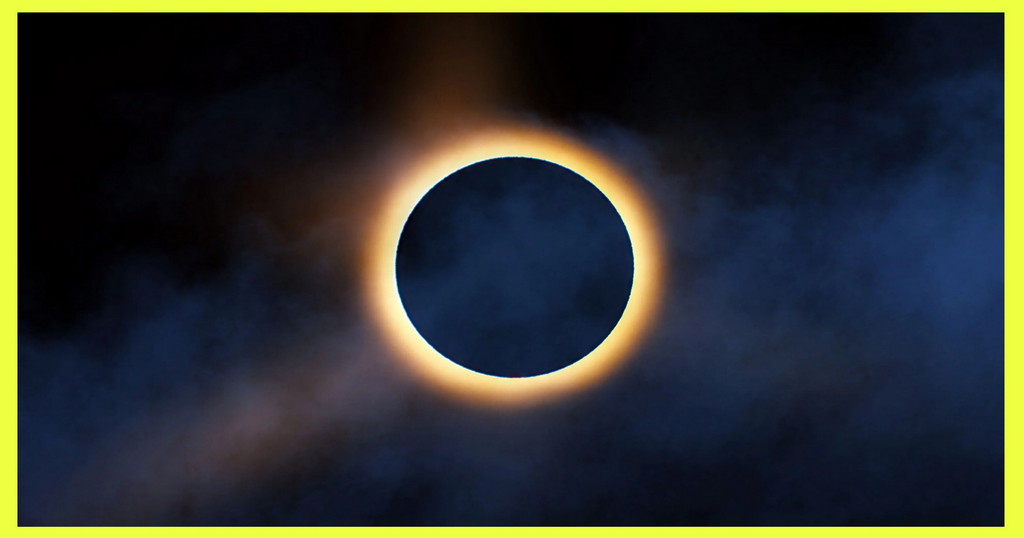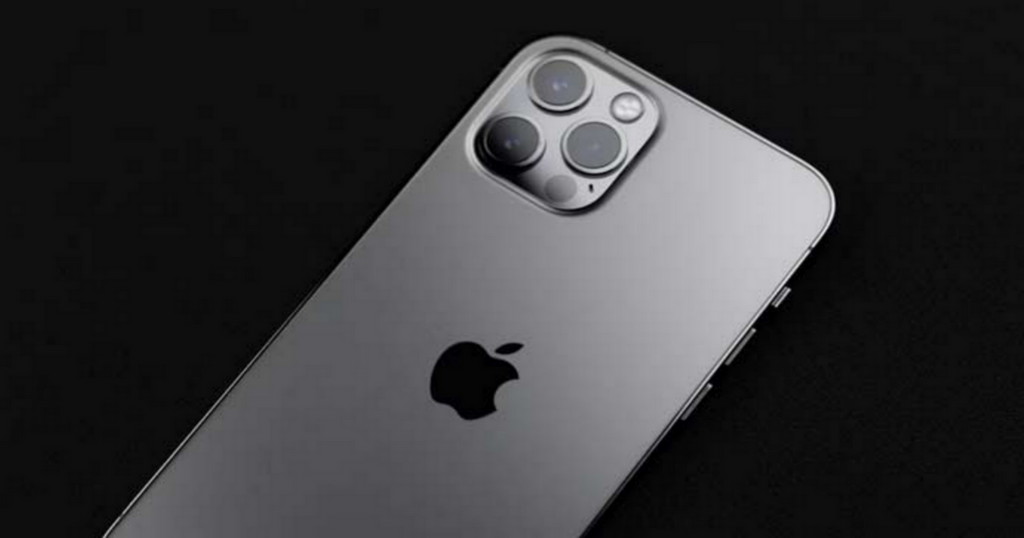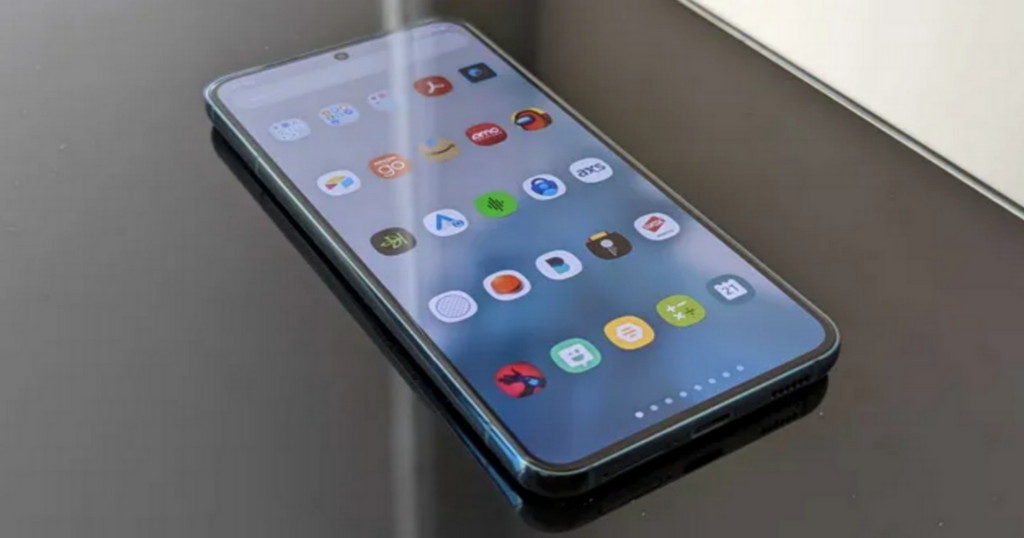






NASA Cautions Against Taking Shroud Photographs With Your Cell phone
On the off chance that you’re pondering attempting to catch a speedy cell phone image of the sun oriented overshadow on Monday, you should reevaluate. While a great many people realize they shouldn’t gaze straight toward the overshadowing, it just so happens, our wireless cameras ought not be gazing straight toward it by the same token.
In a post on X, that’s what NASA hailed “the telephone sensor could be harmed very much like some other picture sensor assuming that it’s pointed straightforwardly at the sun.” At the end of the day, you could obliterate your telephone’s photograph sensor while attempting to snap that shot.
NASA adds that the risk to your telephone’s sensor is particularly important assuming you’re utilizing any kind of amplifying focal point connection. In the event that you are, NASA says “you would have to use the appropriate channels very much like on some other camera.”
Everything that expressed, taking a pic with your cell phone isn’t totally impossible. NASA says “the best practice is hold a couple of overshadowing glasses before your telephone’s focal points while capturing the Sun anytime other than entirety.”
NASA posted a video as well as a composed manual for snapping shroud photographs on its site. We likewise have a manual for shooting the huge occasion.
As well as sifting the picture through some overshadowing glasses, NASA prescribes utilizing a mount to balance out your camera and utilizing a postponed screen discharge time so you can snap those shots without contacting your camera.
NASA additionally suggests checking out you, not right at the real obscuration.
“As the Moon sneaks through front of the Sun, the scene will be washed in spooky lighting and shadows. As light channels through the covering leaves of trees, it makes regular pinholes that project little overshadowing reproductions on the ground,” its photograph guide says. ” Anyplace you can point your camera can yield extraordinary symbolism, so make certain to form some wide-point photographs that can catch your overshadowing experience.”
What’s more, as most things, NASA suggests you practice, particularly utilizing your camera’s manual controls, before overshadow time so you’re prepared to catch that ideal pic when the opportunity arrives.




